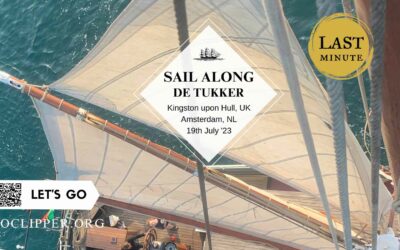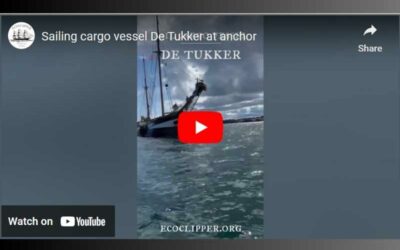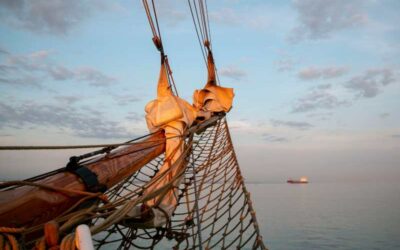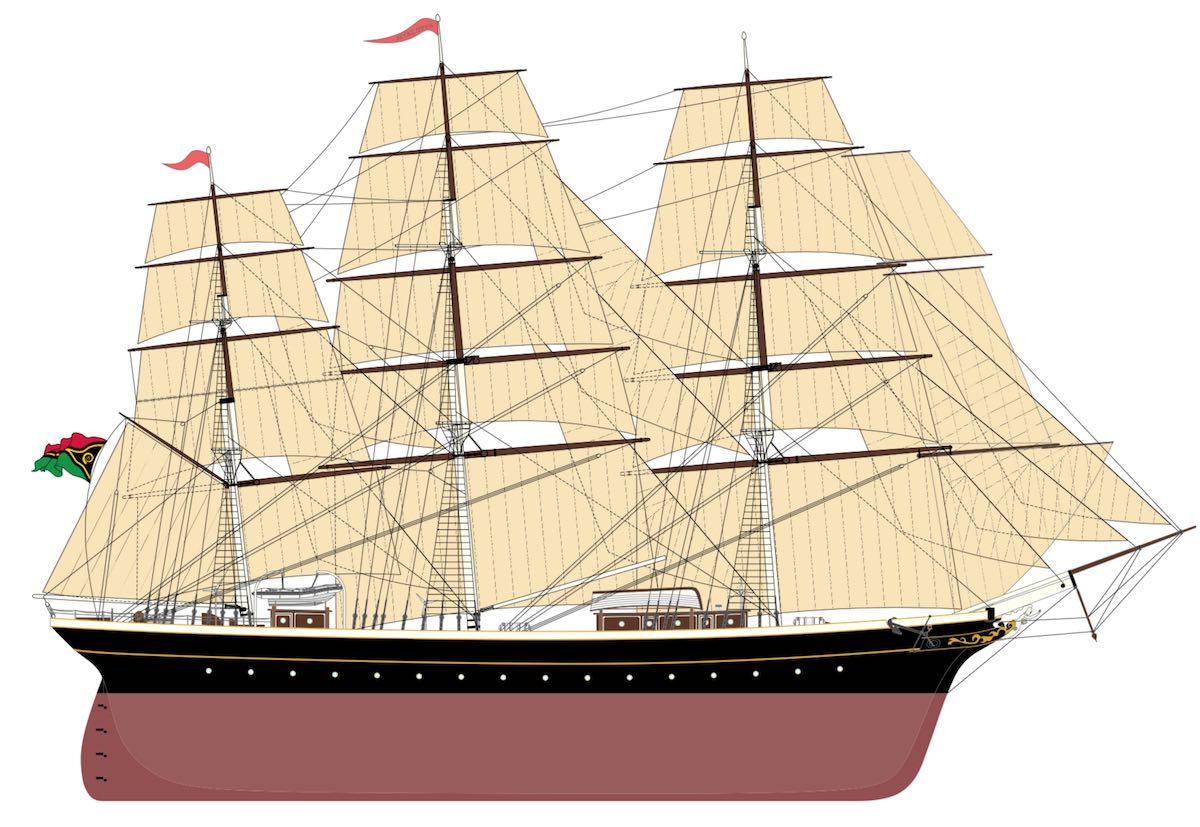
Sail Cargo
You are able to book a space for your cargo on an EcoClipper vessel. What does this mean? Your products are transported by a sailing ship. Rather than cutting corners with unproven transportation methods, EcoClipper harnesses the wind using sails. By shipping with EcoClipper, you and your company are part of a story which truly focuses on the planet and people in an innovative way.
Why use sailing ships?
Carbon neutral
Sailing vessels are designed to be sailed. Any emissions that are used are offsetted by this low-impact use of the renewable energies.
Clean air
No harmful gasses are released into the air.
Clean oceans
Nothing is dumped into the water that cannot biodegrade.
Traceability
The ships are easily tracked, so you can see when your shipment is coming in.
Underwater silence
Underwater life is not disturbed by sailing ships.
Safe cargo
Transparency
The ships log is shared with you so you can see what life is like on-board, headings and weather.
Storytelling
Transport is no longer a price on a screen but a physical shape that encourages conversations about sustainability.
Trading Areas
Current and future shipping lines.

Northsea

Global Line

North Atlantic
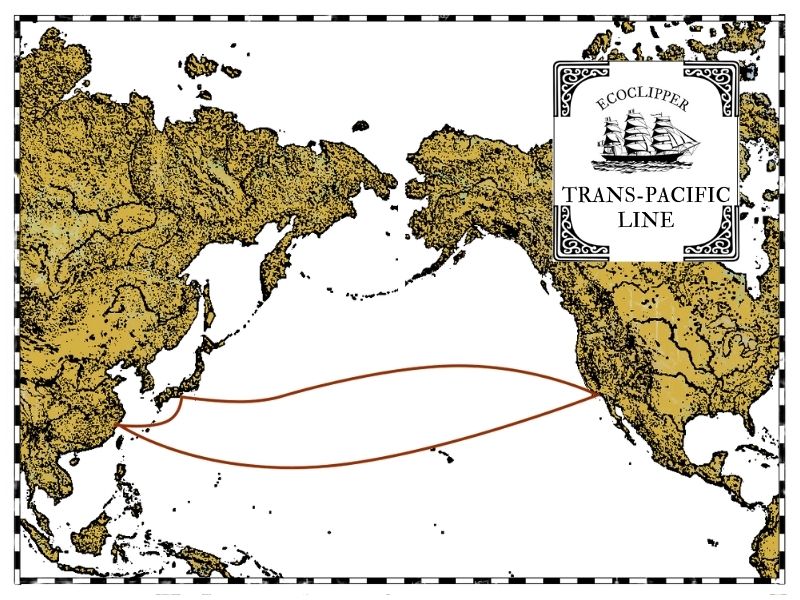
North Pacific
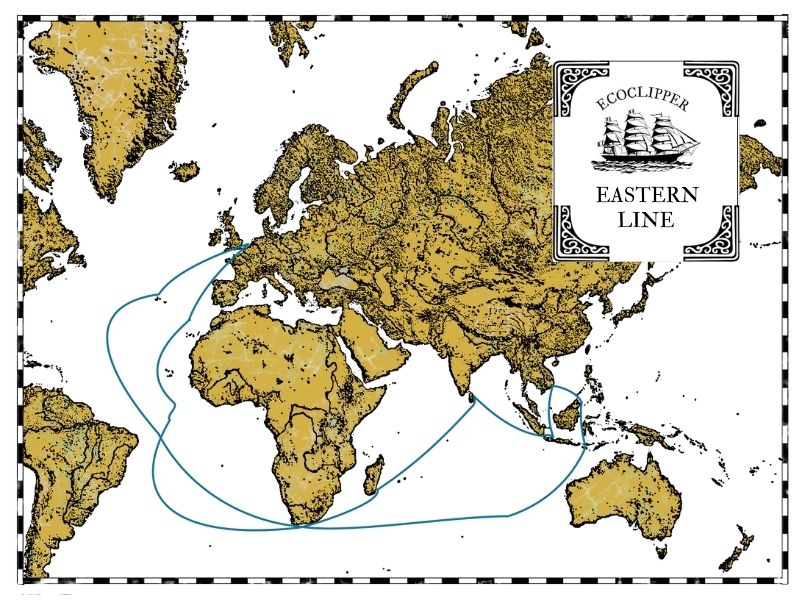
Eastern Line
A different port of call?
How does it work?
The perfect opportunity to embark on a sustainable journey.
1.
Ship sets schedule of voyages and makes it public. Ship and Brokers make arrangements for cargo and passengers who want to make these trips emission-free.
2.
New cargo and passengers arrive at port as the ship is due for arrival.
Ship arrives, passengers disembark and inbound cargo unloaded.
3.
4.
New passengers embark and ships sets sail. Thus cargo are travellers are distributed around the world in a mindful and emission free way.
Enquiry
The latest
Last minute: Sail along Kingston upon Hull to Amsterdam!
Departure 19th of July2023: A last-minute option that will not only satisfy your wanderlust but also provide you with a unique and memorable experience.
Video: Sailing cargo vessel at anchor, Dunbar UK.
De Tukker: A 1912 coastal trader turned sail training vessel. Now part of the EcoClipper fleet, she sails cargo and travellers across seas.
De Tukker: A 1912 coastal trader turned sail training vessel. Now part of the EcoClipper fleet, she sails cargo and travellers across seas.
Carmen’s Adventure at Sea.
Join Carmen on her unforgettable sailing adventure aboard De Tukker. Discover the beauty of the sea and the joy of exploring new horizons.
Last minute: Sail along Kingston upon Hull to Amsterdam!
Departure 19th of July2023: A last-minute option that will not only satisfy your wanderlust but also provide you with a unique and memorable experience.
Video: Sailing cargo vessel at anchor, Dunbar UK.
De Tukker: A 1912 coastal trader turned sail training vessel. Now part of the EcoClipper fleet, she sails cargo and travellers across seas.
De Tukker: A 1912 coastal trader turned sail training vessel. Now part of the EcoClipper fleet, she sails cargo and travellers across seas.
[instagram-feed feed=1]



